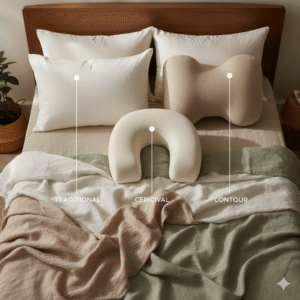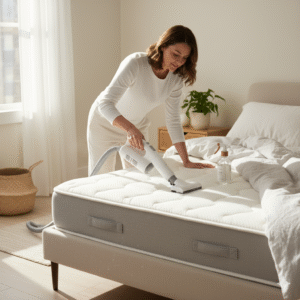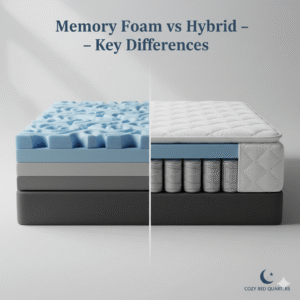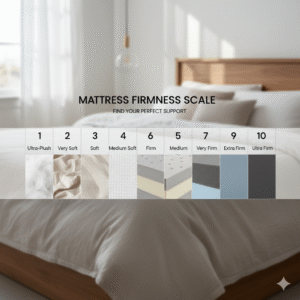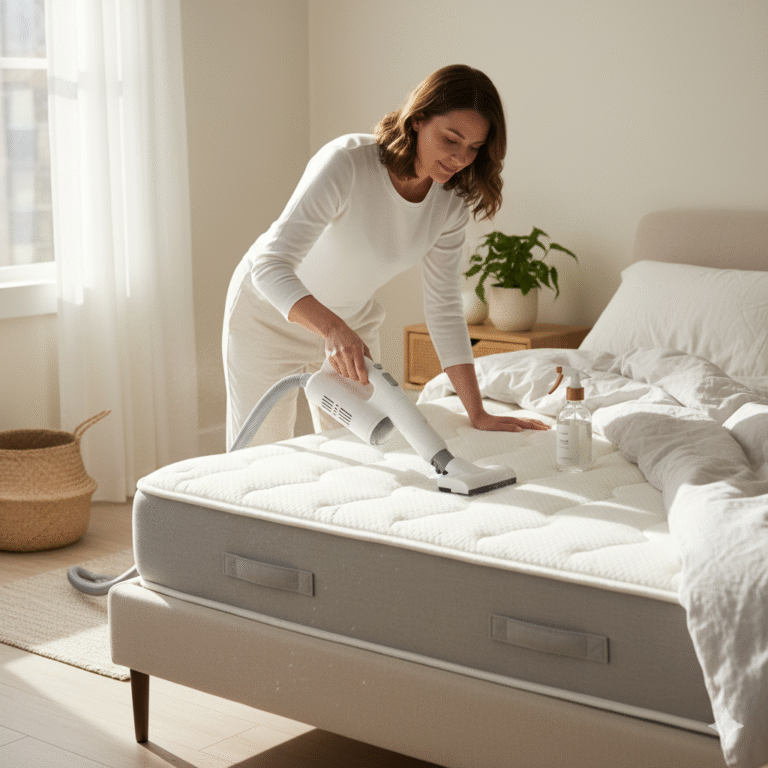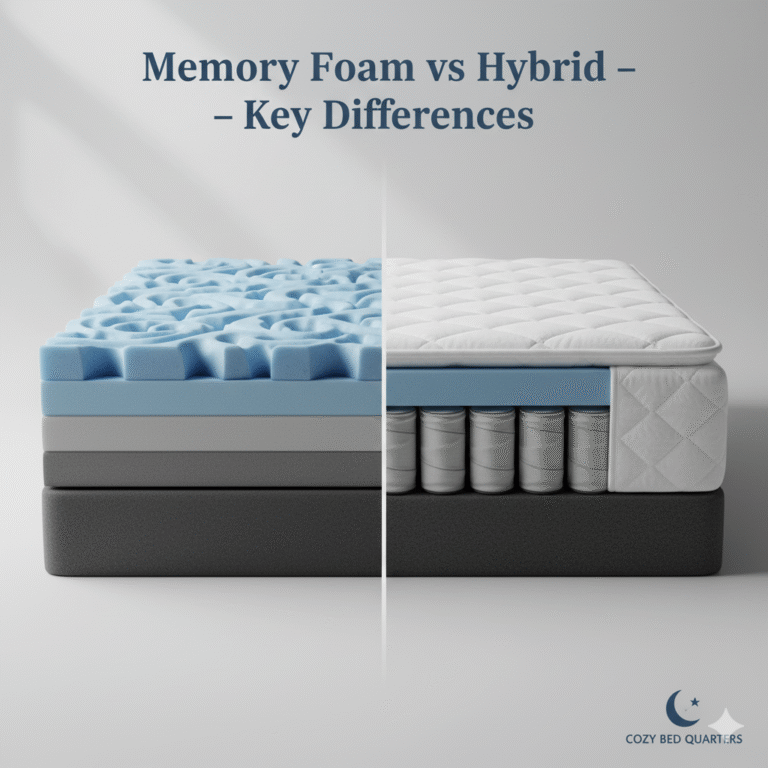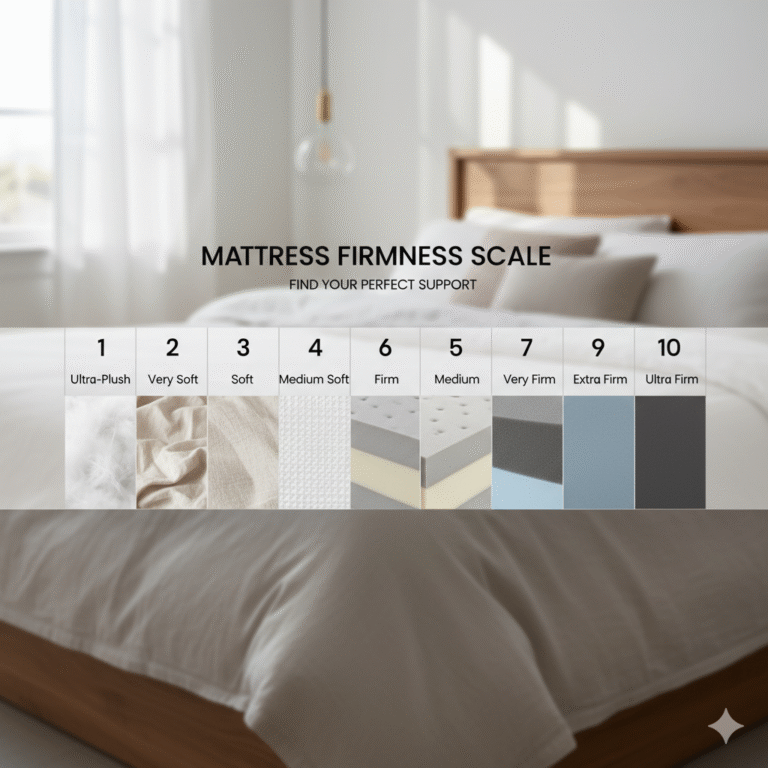Best Mattresses for IBT: 7 Top Picks & Buying Tips
Best Mattresses for IBT help inclined sleepers reduce reflux, snoring, and pressure points. Below you’ll find quick takeaways, a buyer’s guide, and expert-backed tips to get your incline dialed in. Updated 2025. For more incline guidance, see our step-by-step incline setup guide.
Key Takeaways
- Best Mattresses for IBT should flex easily on a gentle incline (4–8 inches) without buckling.
- Memory foam, latex, and hybrids are the most incline-friendly options.
- Look for zoned support and pressure relief to keep hips, shoulders, and lower back aligned.
- Cooling features matter more on an incline—prioritize breathable covers and open-cell foams.
- Pair your mattress with an adjustable base or stable risers for consistent angles.
What Is Inclined Bed Therapy (IBT)?
IBT means raising the head of your bed 4–8 inches to create a 5–7° slope. This gentle angle can reduce nighttime reflux and ease snoring for some people. A full-bed incline is more effective than stacking pillows because it keeps your body in one line. See the National Sleep Foundation’s overview of posture and breathing during sleep for context sleep posture and positions.
Why Your Mattress Choice Matters on an Incline
On a slope, rigid beds can bridge at the hips or shoulders and cause numbness. Flexible builds contour to the new angle so your spine stays neutral. For a quick sleep-tuning routine, try these sleep hacks for falling asleep faster.
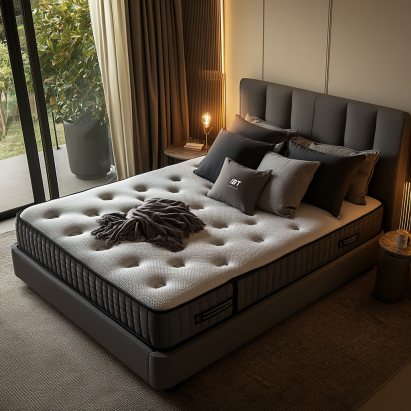
Scenario: If you wake with tight shoulders, your mattress may be too stiff for your incline—switch to softer foam on top.
Top Features to Look For
1. Flexibility and Adjustable-Base Compatibility
Your mattress should bend smoothly without gaps or strain. Most all-foam and many latex beds excel here. If you prefer a base you can fine-tune nightly, see our guide to adjustable bed mattress compatibility.
2. Pressure Relief and Zoned Support
Inclines shift weight down the body. Zoned foams or coils help keep hips from sinking while cushioning shoulders. Hybrid builds can balance contour and lift—learn how hybrids work in our incline & heart-health explainer.
3. Breathability and Temperature Regulation
Heat can pool at the torso on a slope. Look for open-cell foam, perforated latex, and breathable covers. If you’re a hot sleeper, compare our picks in best cooling mattresses.

Scenario: If you toss and turn from heat, choose gel-infused foam or ventilated latex and pair with cooling sheets.
Best Mattress Types for IBT
Memory Foam: Contouring Comfort
Memory foam hugs curves and keeps the torso cradled on an incline. Choose medium to medium-firm with cooling additives or open-cell designs. See our in-depth roundup: best memory foam mattresses.
Latex: Responsive and Durable
Latex provides springy support and natural breathability. It bends well for IBT and resists body impressions—great for combo sleepers who adjust angles.
Hybrid: Foam + Coil Balance
Hybrids add coil lift beneath contour foams, which can help keep your hips from sliding downhill. Look for zoned coil cores if you use a steeper incline. For full incline setup tips, try our sleeping on an incline guide.
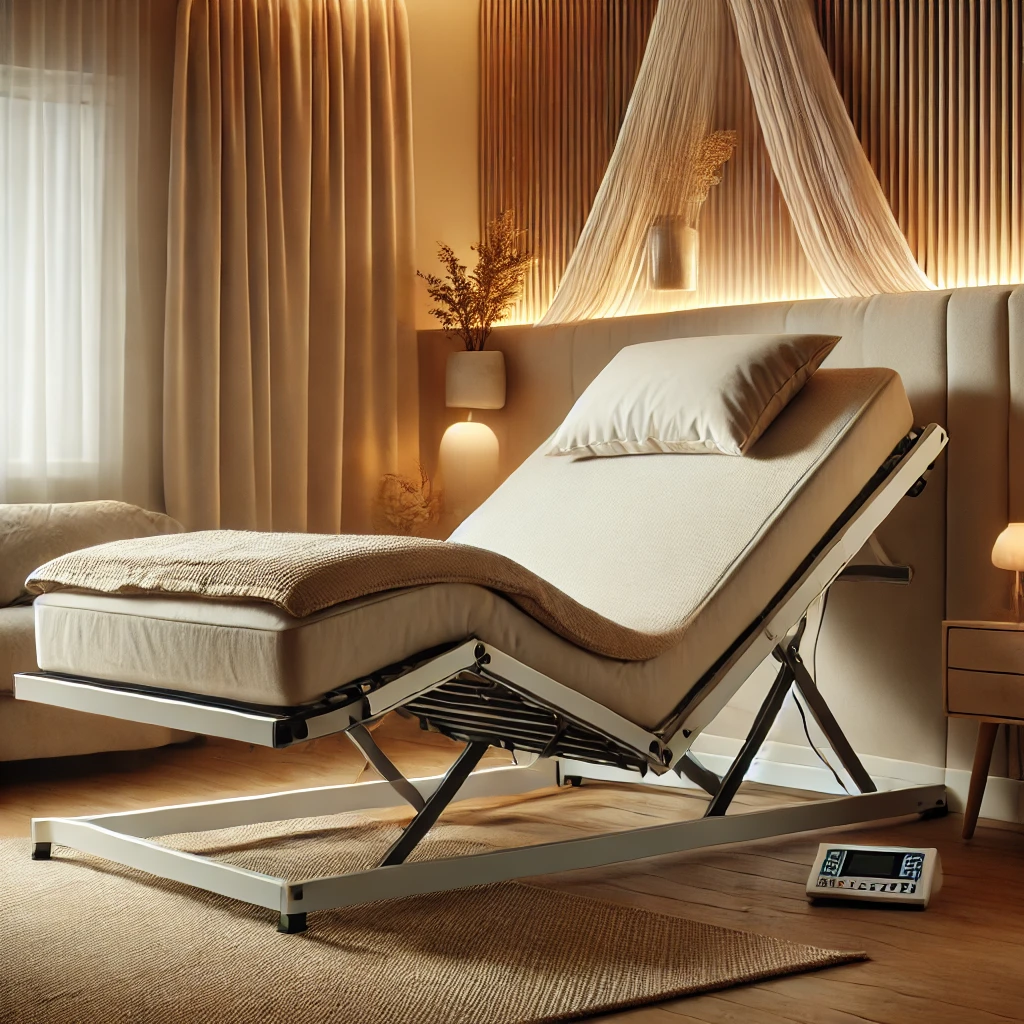
Scenario: If your lower back feels strained, a hybrid with firmer mid-zone coils can keep your pelvis from dipping.
Chart: Flexibility, pressure relief, and cooling performance of the best mattresses for IBT by type.
Mattresses to Avoid for IBT
- Innerspring-only beds: Limited flex; can bow at the mid-section on a slope.
- Overly thick (14″+): Extra height reduces bend and can push your chin toward your chest.
- Low-density foams: Compress fast and may hammock over time on an incline.
Will an Incline Damage My Mattress?
IBT won’t harm a mattress built for flexibility, but always check the warranty. Many brands specify compatible bases. The American Academy of Sleep Medicine also notes that head-of-bed elevation can reduce reflux symptoms for some people—talk with your clinician if you have GERD or apnea AASM sleep resources.
Accessories That Improve IBT
- Adjustable bases: Fine-tune your angle nightly and add leg elevation for pressure relief.
- Wedge support: Use knee or lumbar wedges to keep your body from sliding.
- Cooling bedding: Combine breathable sheets with an airy duvet—compare picks in our temperature-regulating bedding guide.
Evidence & Certifications (Quick Proof Points)
- Sleeping position and posture affect snoring and reflux; see National Sleep Foundation.
- Head-of-bed elevation is a common non-pharmacologic reflux strategy; review AASM resources.
- For foam safety, look for CertiPUR-US®. Learn what it covers at this CertiPUR-US & GREENGUARD overview.
FAQ
What incline is best for IBT?
Most people do well at 4–8 inches at the head of the bed (about 5–7°). Start lower and increase gradually.
Can I use my current mattress?
Yes if it flexes easily (all-foam, latex, many hybrids). Extra-thick or rigid beds may feel awkward on a slope.
Does IBT help with snoring?
Elevating your head can reduce airway collapse for some sleepers. If snoring persists, ask your clinician to screen for sleep apnea.
Will I slide down the bed?
If you feel “downhill drift,” try a slightly lower angle, add a knee pillow, or use a textured sheet to increase grip.
How long does it take to adjust?
Anywhere from a few nights to two weeks. Increase the angle slowly and keep your pillow low so your chin doesn’t tuck.
Conclusion
Best Mattresses for IBT are flexible, pressure-relieving, and breathable enough to keep you comfortable on a gentle incline. Choose memory foam, latex, or a zoned hybrid, pair it with a stable base, and adjust your angle gradually. For more sleep-optimizing ideas, explore Cozy Bed Quarters.
Related reading from Cozy Bed Quarters
- 10 Sleep Hacks for Falling Asleep Faster
- Sleeping on an Incline: Easy Setup Guide
- Best Cooling Mattresses for Hot Sleepers
Other reading we found popular
- Architectural Digest: Duvet vs. Comforter—Which Is Better?
- People: Best Bamboo Sheets
- WIRED: Best Organic Sheets


